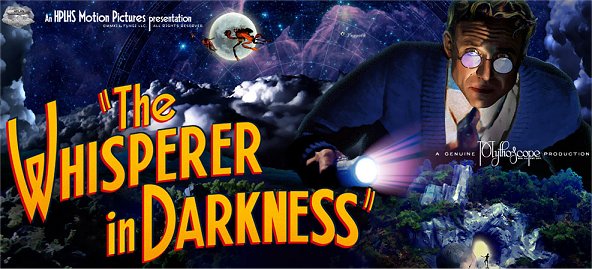


Obviously, this is all a trap, a trap set up by the deviant mi-gos, a sentient race of flying fungi from outer space hellbent on hiding their existence from humans. After receiving a certain number of letters from an increasingly alarmed Akeley, Wilmarth eventually receives a formal invitation to share in the bucolic splendors of Vermont in order to better grasp the extent of the alien invasion.

While skeptical at first, folklorist Albert Wilmarth eventually engages in a correspondence with one of these locals, aging farmer Henry Akeley, who vies to substantiate his own sightings with material evidence (photos of alien footprints and one strange artifact). Following an historical flood in the farmlands of Vermont, many locals report sightings of weird carcasses floating amidst tree trunks and debris. unless your name is Stuart Gordon and you stay as far as possible from the source material.įor those unfamiliar with the eponymous short story from which the film derives, I shall provide a short synopsis. The resulting film, no matter how carefully crafted it is, remains the umpteenth proof that one cannot successfully adapt Lovecraft to the screen. But now that they have taken definite shape, their mystique has all but vanished. Up until now, these creatures and contraptions existed only as feverish scraps of dreams salvaged from the tale of a madman. Where it fails is in its naive depiction of the mi-gos and their famed "brain cylinders". A case in point is the feature-length adaptation of The Whisperer in Darkness, which takes great pride in trying to recapture the gloomy atmosphere of the New England countryside by using elaborate models and lovingly painted backgrounds. Unfortunately, their very enterprise is meaningless, as the Lovecraftian mythos will forever elude description. Lovecraft Historical Society are people of obvious reverence and dedication to the grand master's work.


 0 kommentar(er)
0 kommentar(er)
